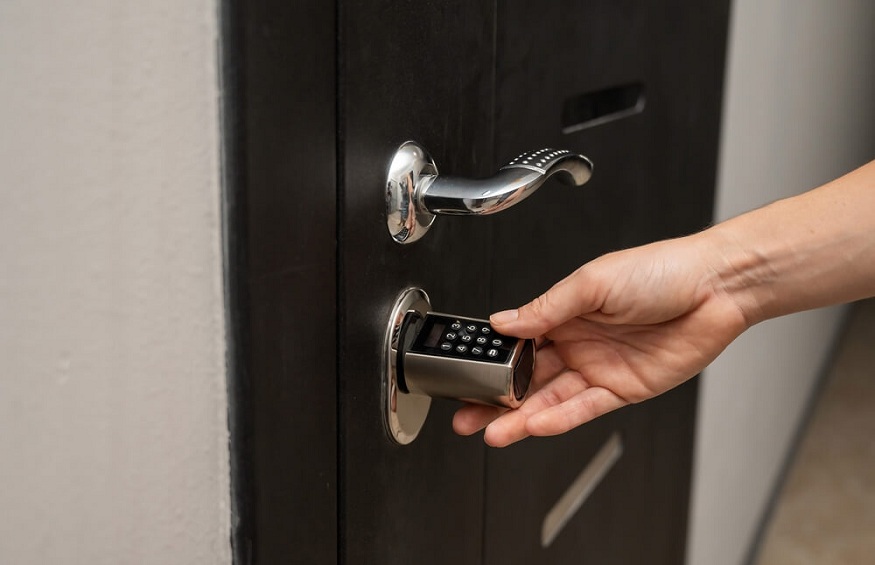In ancient times, long before the advent of modern security systems and technologies, people devised ingenious methods to protect their homes and valuables from theft, looting, and other dangers. In a world without sophisticated alarms and CCTV cameras, ancient civilizations relied on resourcefulness and creativity to safeguard their belongings.
This article will give us a glimpse into the history of locks and go over some fascinating techniques used by our ancestors to secure their homes and precious possessions.
1. Fortified Structures:
One of the most common and effective ways to protect homes and valuables was through the construction of fortified structures. Ancient civilizations like the Romans, Egyptians, and Greeks built robust walls around their cities and residences, preventing unauthorized entry. Often, these walls were complemented by watchtowers and guards who would keep a keen eye on potential threats. Fortified structures also served as a deterrent to would-be invaders, as breaching such defenses required significant effort and risk.
2. Hidden Compartments:
Cleverly crafted hidden compartments were a popular choice to safeguard valuables. Furniture, especially chests and cabinets, was designed with concealed compartments that could be accessed only through secret mechanisms known to the owners. These compartments allowed ancient people to store their precious belongings away from prying eyes and cunning thieves.
3. Burial of Valuables:
In times of war or imminent danger, many ancient civilizations resorted to burying their valuables underground to keep them safe. This practice ensured that their treasures remained hidden and preserved until the threat subsided. Archaeologists have discovered numerous hoards of gold, silver, and precious artifacts buried in the ancient world, testimony to the efficacy of this security measure.
4. Guard Dogs:
Long before the days of private security firms, people relied on man’s best friend to protect their homes. Guard dogs were commonly used by various ancient civilizations to ward off intruders. These loyal and fierce animals served as an early warning system, alerting residents to potential threats. The mere presence of guard dogs was often enough to deter burglars from attempting a break-in.
5. Intricate Locking Mechanisms:
Although ancient locks were rudimentary compared to today’s sophisticated designs, they still proved effective in securing homes and treasures. The Egyptians, for example, utilized wooden pin tumbler locks as early as 2000 BCE. These locks required a uniquely shaped key to align the pins and allow entry. Similarly, the Romans developed iron locks that were quite intricate for their time, making it challenging for intruders to pick or break them.
6. Community Watch:
In some ancient societies, communities organized themselves into watch groups to protect their collective interests. These groups comprised vigilant individuals who would patrol the area during the night, ensuring the safety of everyone’s homes and possessions. This communal approach to security fostered a sense of solidarity and unity among neighbors.
The methods employed by ancient civilizations to secure their homes and valuables may seem rudimentary compared to modern security systems. However, they reflect the resourcefulness and ingenuity of our ancestors in devising innovative ways to protect what they held dear. From fortified structures and hidden compartments to the loyalty of guard dogs and intricate locking mechanisms, these ancient techniques highlight the timeless need for security and the unwavering desire to safeguard our most cherished belongings. As we marvel at the technological advancements of the present, let us also appreciate the wisdom and creativity of our forebears, who, without the aid of modern tools, were able to safeguard their homes and valuables with equal determination


